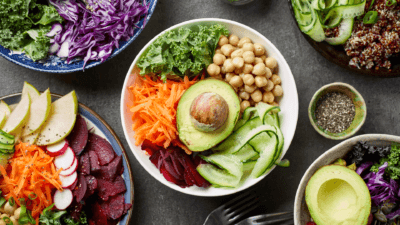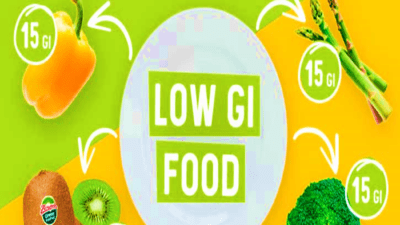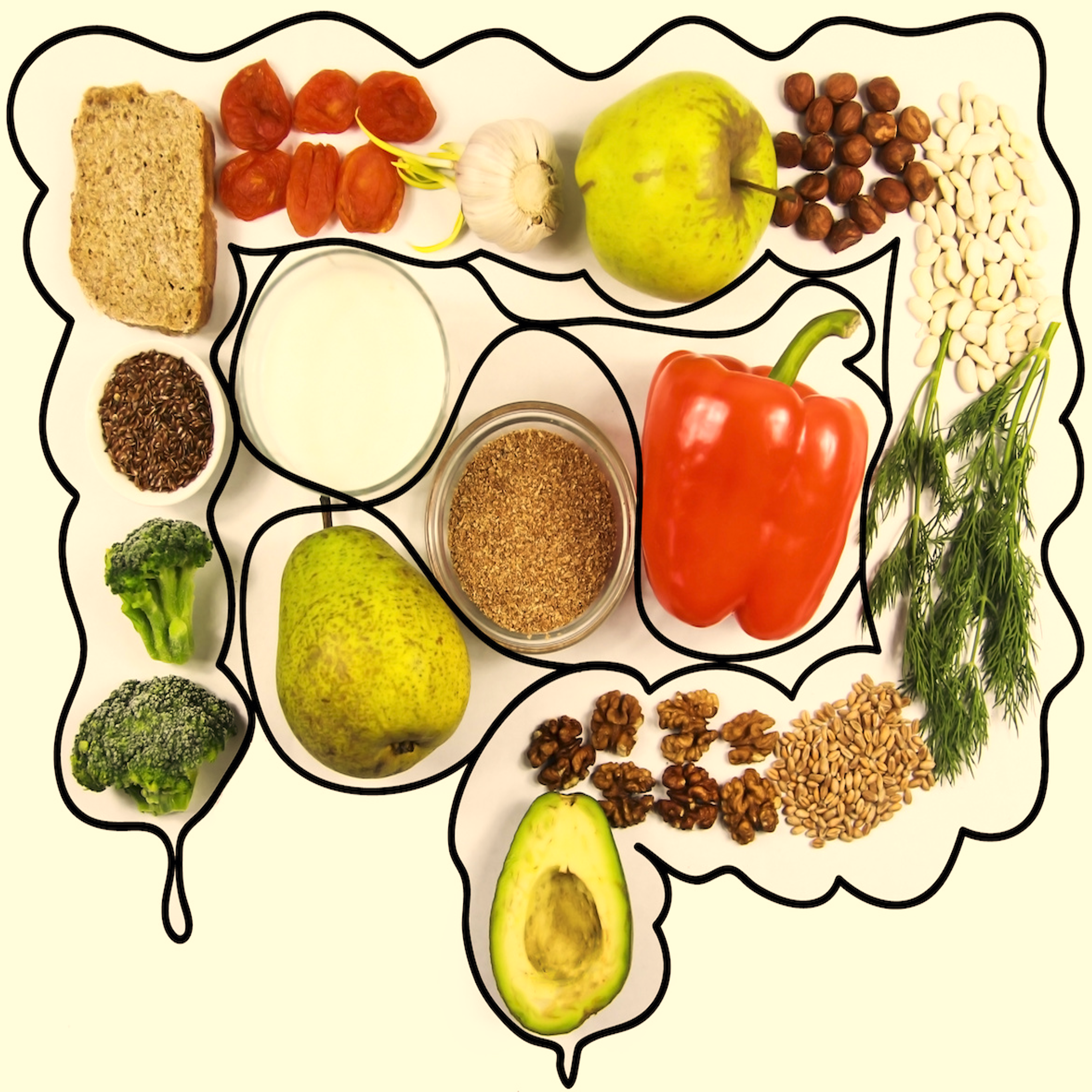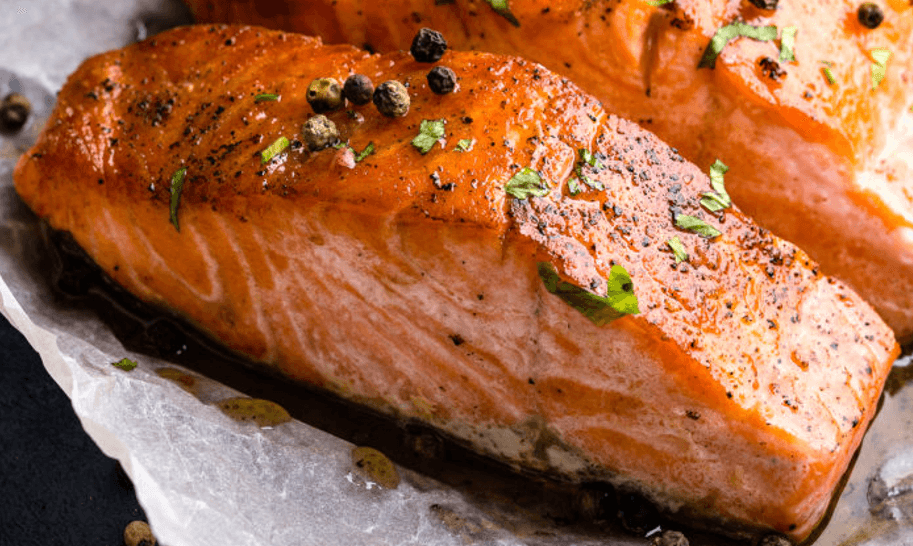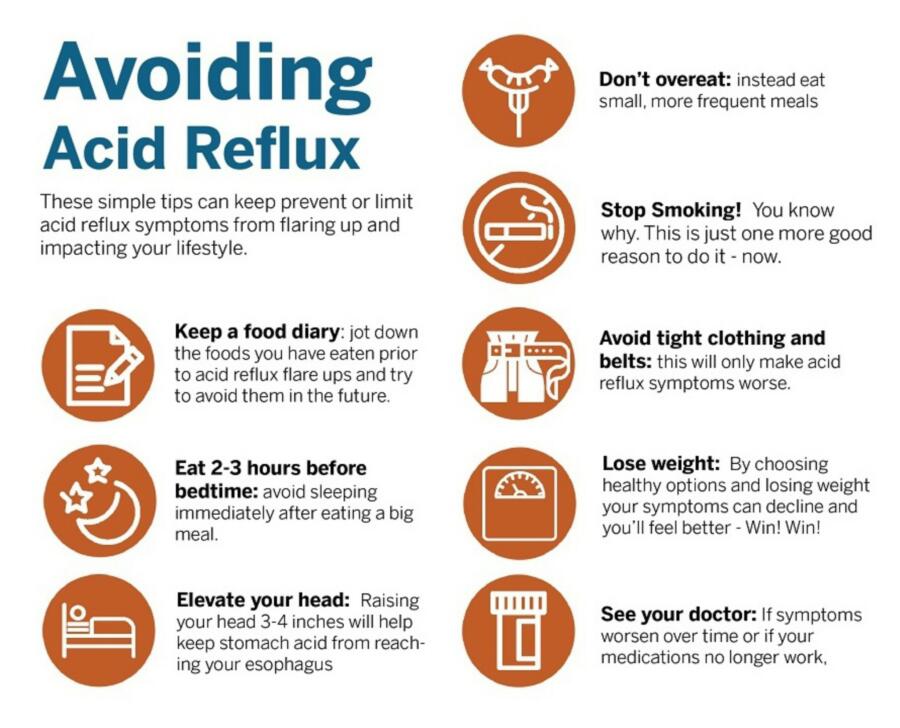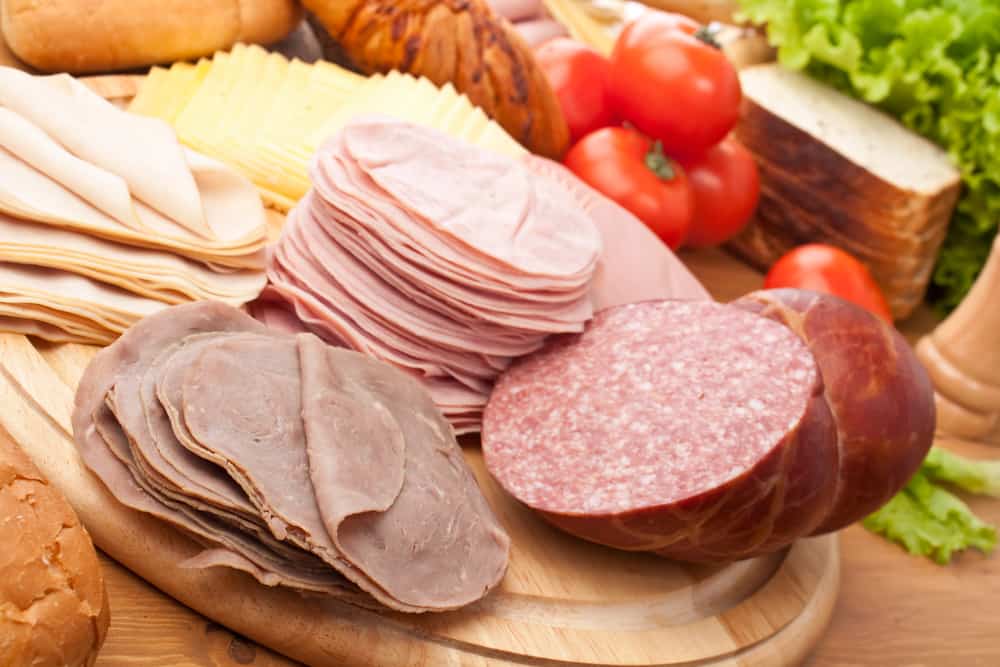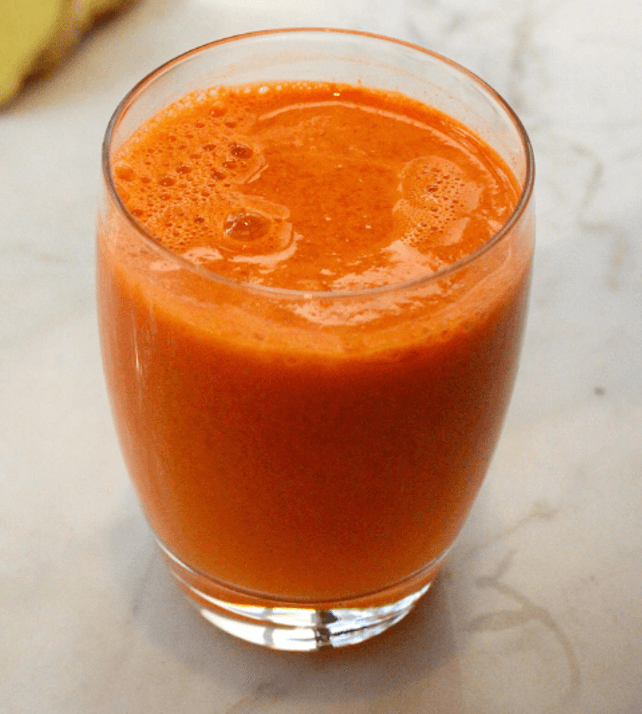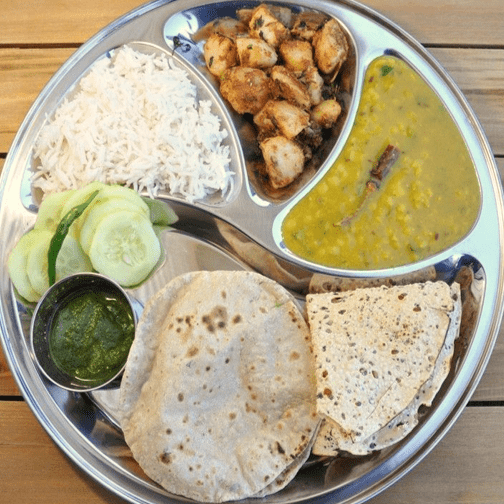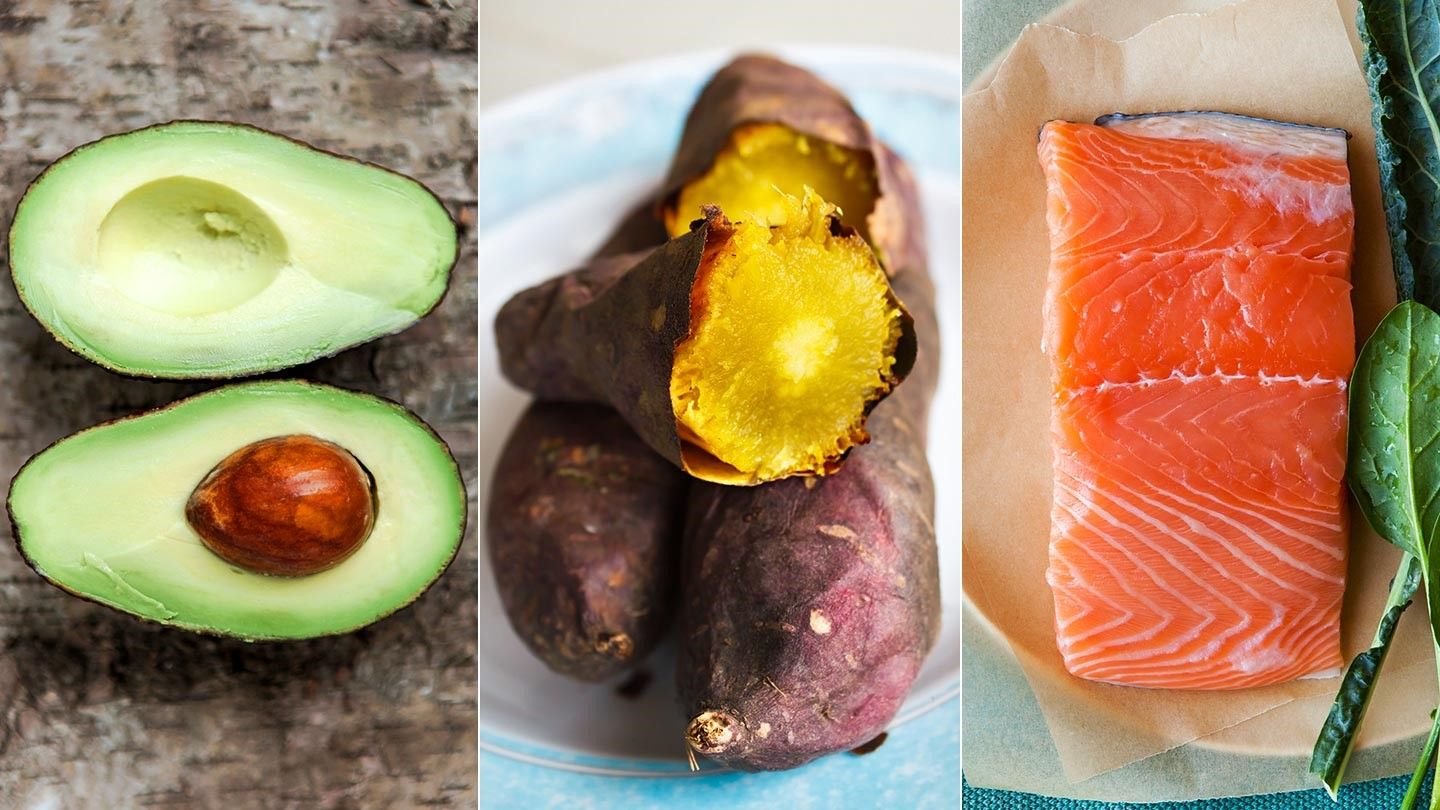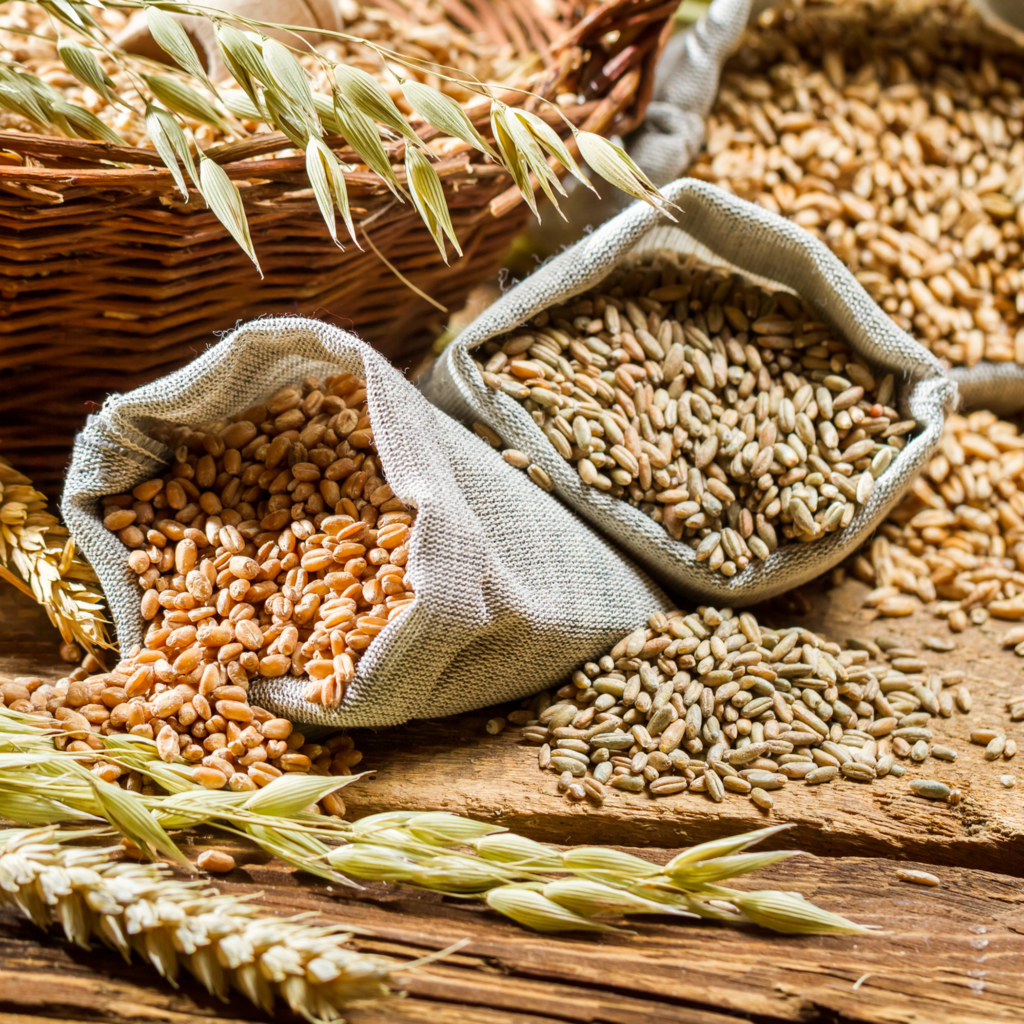
There is always a healthy discussion around high-carb food like cereals and grains for diabetes. They often get painted as sugar bombs, feared for their potential to elevate blood sugar and strain the body’s insulin levels over time. However, seasoned dietitians advocate for judicious consumption of high-carb options like whole grains for diabetes and low-sugar cereals, packed with fiber and protein, as part of a well-rounded diet for managing insulin resistance. When you savor whole-grain foods with soluble fiber, this fiber-water duo forms a gel, slowing down digestion and glucose absorption by limiting contact with absorbent gut surfaces.
Our bodies are great for breaking down food, converting carbs into glucose, which serves as the primary fuel. The pancreas steps in, producing insulin to facilitate glucose absorption by body cells, keeping our energy levels in check. Insulin resistance arises when cells start brushing off insulin’s signals, leaving glucose lingering in the bloodstream. This triggers an insulin production surge, attempting to coax the cells into action and absorb the glucose. Often silent, this condition may go unnoticed until routine blood tests reveal irregular sugar levels, sneaking up on us without typical symptoms.
When it comes to navigating insulin resistance, certain grains for diabetes stand out for their nutritional prowess and potential benefits. Let’s delve into the top grains for diabetes recommended by dieticians and experts for supporting better insulin control.
- Oats: Oats take the lead with their rich content of soluble fiber, particularly beta-glucan. This type of fiber has been extensively studied for its health benefits. This fiber shows promise in regulating blood sugar levels, enhancing insulin sensitivity, and lowering LDL cholesterol. Consuming just 5 grams of beta-glucan from oats daily for 12 weeks can significantly improve hemoglobin A1C levels, a key marker for long-term blood sugar control. In addition to their health benefits, oats are incredibly versatile in the kitchen. They can be used as a binder in dishes land the viscous texture of cooked oats adds a comforting element to meals while providing a healthy dose of fiber.
- Barley: Barley, another whole grain packed with soluble fiber, offers similar benefits in terms of blood sugar management and insulin sensitivity. Barley contains approximately 5 grams of soluble fiber per 100-gram serving. This fiber content, along with the presence of beta-glucan, contributes to its ability to slow down digestion and improve post-meal glucose levels. In culinary terms, barley’s chewy texture makes it a delightful addition to soups, stews, and salads. Its ability to absorb flavors makes it a versatile ingredient that complements a wide range of dishes while adding nutritional value.
- Quinoa: Quinoa may not be the first grain that comes to mind when thinking about fiber, but it packs a surprising nutritional punch. This fluffy-textured grain is not only rich in fiber but also boasts a substantial protein content. Incorporating quinoa into the diet can lead to improvements in post-meal blood sugar levels, insulin sensitivity, and even delay the progression from impaired glucose tolerance to diabetes. With approximately 5 grams of fiber per cooked cup, quinoa provides a substantial amount of dietary fiber, which contributes to its role in promoting satiety and supporting digestive health. Its mild flavor profile makes it a versatile ingredient that can be used as a base for salads, mixed into stir-fries, or enjoyed as a side dish.
- Rye: Rye is another whole grain known for its fiber content and potential benefits for insulin control. With its fiber-rich profile, rye can promote feelings of fullness and contribute to better blood sugar management. Including rye in the diet may help regulate post-meal glucose levels and support overall metabolic health. Rye flour is commonly used in bread-making, adding a hearty texture and flavor to baked goods. It can also be enjoyed as a porridge or incorporated into various recipes to boost fiber intake.
- Brown rice: Despite rice often being criticized for its potential to spike blood sugar levels, brown rice stands out for its unique nutritional profile and potential benefits. Brown rice earns its place as a whole grain powerhouse, offering approximately 3 grams of fiber per 1-cup serving. This fiber content plays a crucial role in slowing down the digestion and absorption of carbohydrates, leading to more stable post-meal glucose levels. While consuming brown rice may not directly lower fasting blood sugar levels or improve A1C levels, it contributes to overall better blood sugar management by mitigating the rapid rise in glucose after meals. Brown rice retains its bran and germ layers, which are rich in vitamins, minerals, and antioxidants. These nutrients contribute to overall health and well-being, making brown rice a wholesome choice for those looking to manage blood sugar levels and improve insulin sensitivity.
Incorporating these whole grains into your diet can provide a range of health benefits, from supporting better blood sugar control to enhancing overall metabolic health. Including a variety of whole grains in your meals can contribute to a balanced and nutritious diet that supports your wellness goals.
References:
- Bonsembiante L, Targher G, Maffeis C. (2021). “Type 2 diabetes and dietary carbohydrate intake of adolescents and young adults: what is the impact of different choices?”, Nutrients, 13(10), 3344. doi:10.3390/nu13103344.
- Harvard T.H. Chan School of Public Health. Harvard University. Carbohydrates and blood sugar.
- Ajala O, English P, Pinkney J. (2013). “Systematic review and meta-analysis of different dietary approaches to the management of type 2 diabetes”, Am J Clin Nutr, 97(3), 505-16. doi:10.3945/ajcn.112.042457.
- Aune D, Keum N, Giovannucci E, et al. (2016). “Whole grain consumption and risk of cardiovascular disease, cancer, and all cause and cause specific mortality: systematic review and dose-response meta-analysis of prospective studies”, BMJ, 353, i2716. doi: 10.1136/bmj.i2716.
- Francois ME, Baldi JC, Manning PJ, et al. (2014). “Exercise snacks” before meals: A novel strategy to improve glycaemic control in individuals with insulin resistance”, Diabetologia, 57(7), 1437-1445. doi:10.1007/s00125-014-3244-6.
- American Diabetes Association. Understanding carbs; find your balance.

